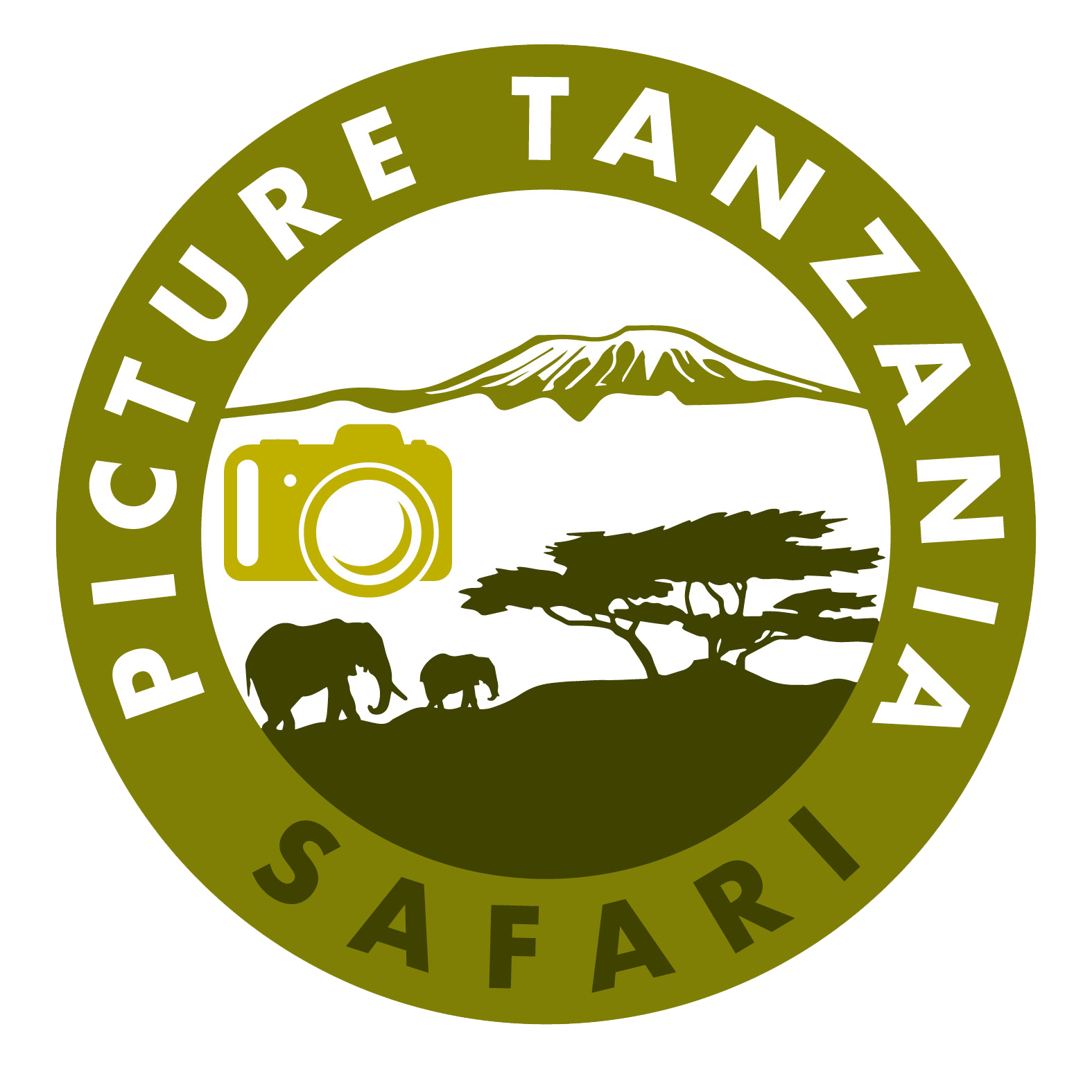LAKE MANYARA NATIONAL PARK

Location
In northern Tanzania. The entrance gate lies 1.5 hours (126km/80 miles) west of Arusha along a newly surfaced road, close to the ethnically diverse market town of Mto wa Mbu.
Size
330 sq. km (127 sq. miles), of which up to 200 sq. km (77 sq. miles) is lake when water levels are high.
How to get
By road, charter or scheduled flight from Arusha, en route to Serengeti and Ngorongoro Crater.
When to go
Dry season (July-October) for large mammals; Wet season (November-June) for bird watching, the waterfalls and canoeing.

What to do
Game drives, night game drives, canoeing when the water levels is sufficiently high. Cultural tours, picnicking, bush lunch/dinner, mountain bike tours, abseiling and forest walks on the escarpment outside the park. Lake Manyara National Park is among the finest and most intresting Tanzanian protected areas with a rich proportion of wild animals even when the park covers roughly 330 sq km, two-third of which si covered with water. Following suit with other lakes of the Rift Valley, Lake Manyara is a shallow soda lake fed primarily by the groundwater. Depending upon the season and rainfall, the size varies. The thin strip of land between the lake and the surrounding hills is the only place where game drives in the park are conducted. The park and the lake trace the origin of their name to the Manyara-scrub which is used by the Maasai to protect their fields. The first section of the park comprises of dense forest with high trees which includes the type of mahagony, crotonic, palm, and fig. The undergrowth is composed of wild flowers which accommodate countless butterflies. But this park is not recommended for witness the game animals, because it is very difficult to look through the dense forest. When you drive further into teh park, you’ll be able to see groups of Anubis baboons and Skyes monkeys cheerfully playing along teh road side. Bushbucks will appear out of the bushes and it is very possible you may bump into an elephant on the road. Elephants often use the road so that they do not have to go through the thick bush. Also remember to look up once in a while. Just like in Tarangire, the lions are sometimes in the trees and also a lot of leopards live in this area (though you have to be lucky to spot them). If the big cats cannot be found in the trees, there are a lot of birds to spot in the trees. The further you go in the park, the drier it gets. Gradually the forest opens up and the vegetation changes, with a lot of baobab trees. The change in vegetation also results in other types of game. In this part of the park buffalo, wildebeest, zebra and giraffe have their home. In the air, eagles are looking for a prey. On the south side of the park there are a number of steamy hot springs whose chemicals have given the surrounding land the colours of the.
